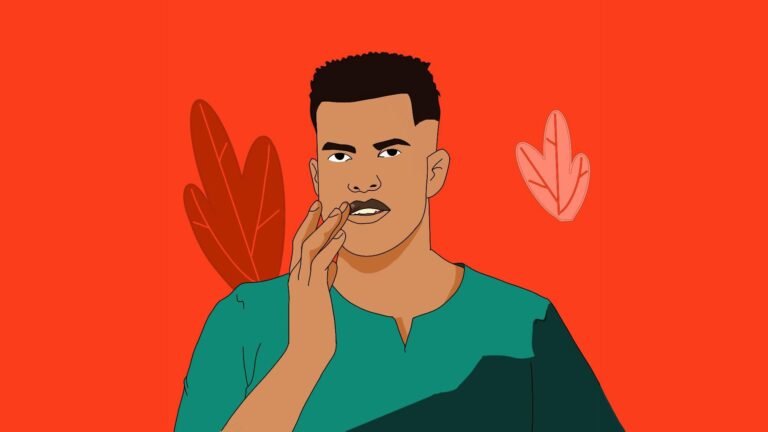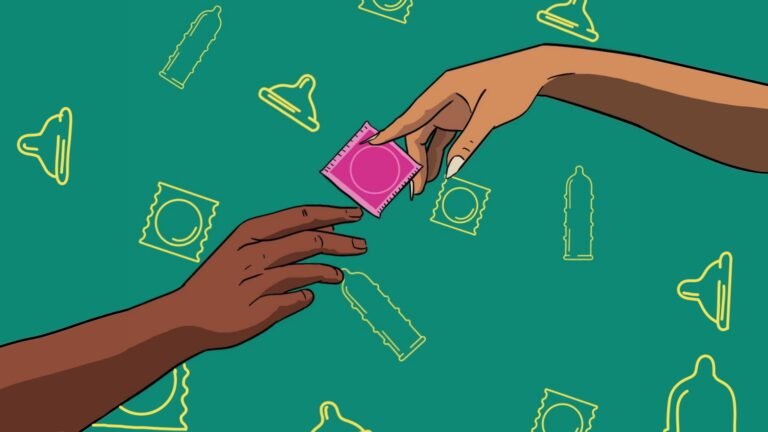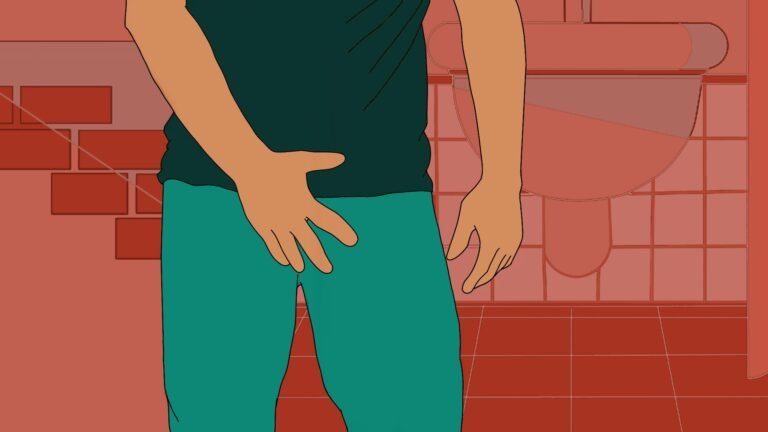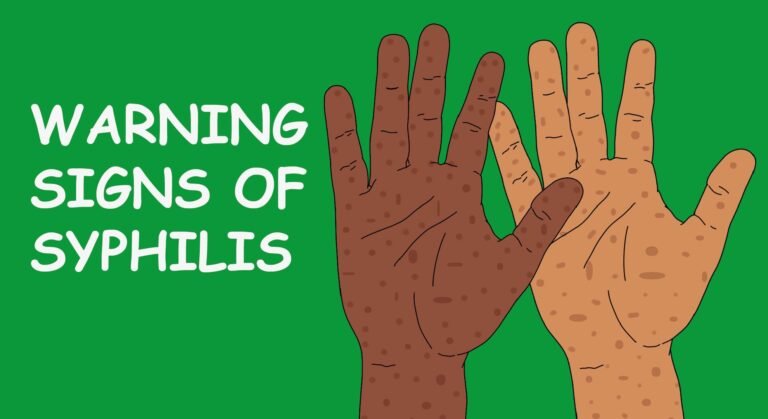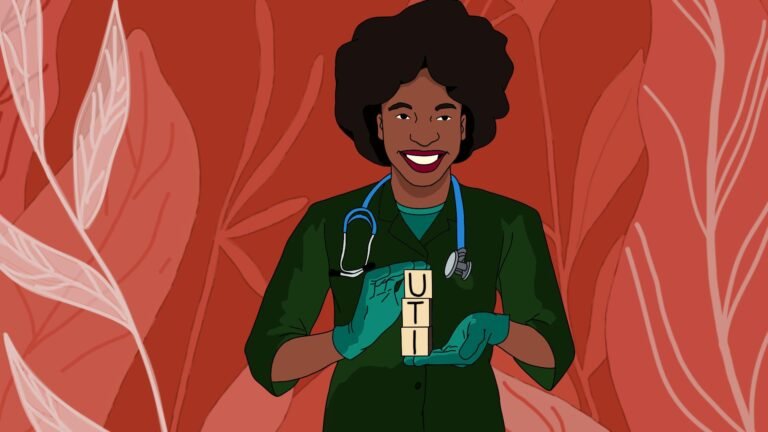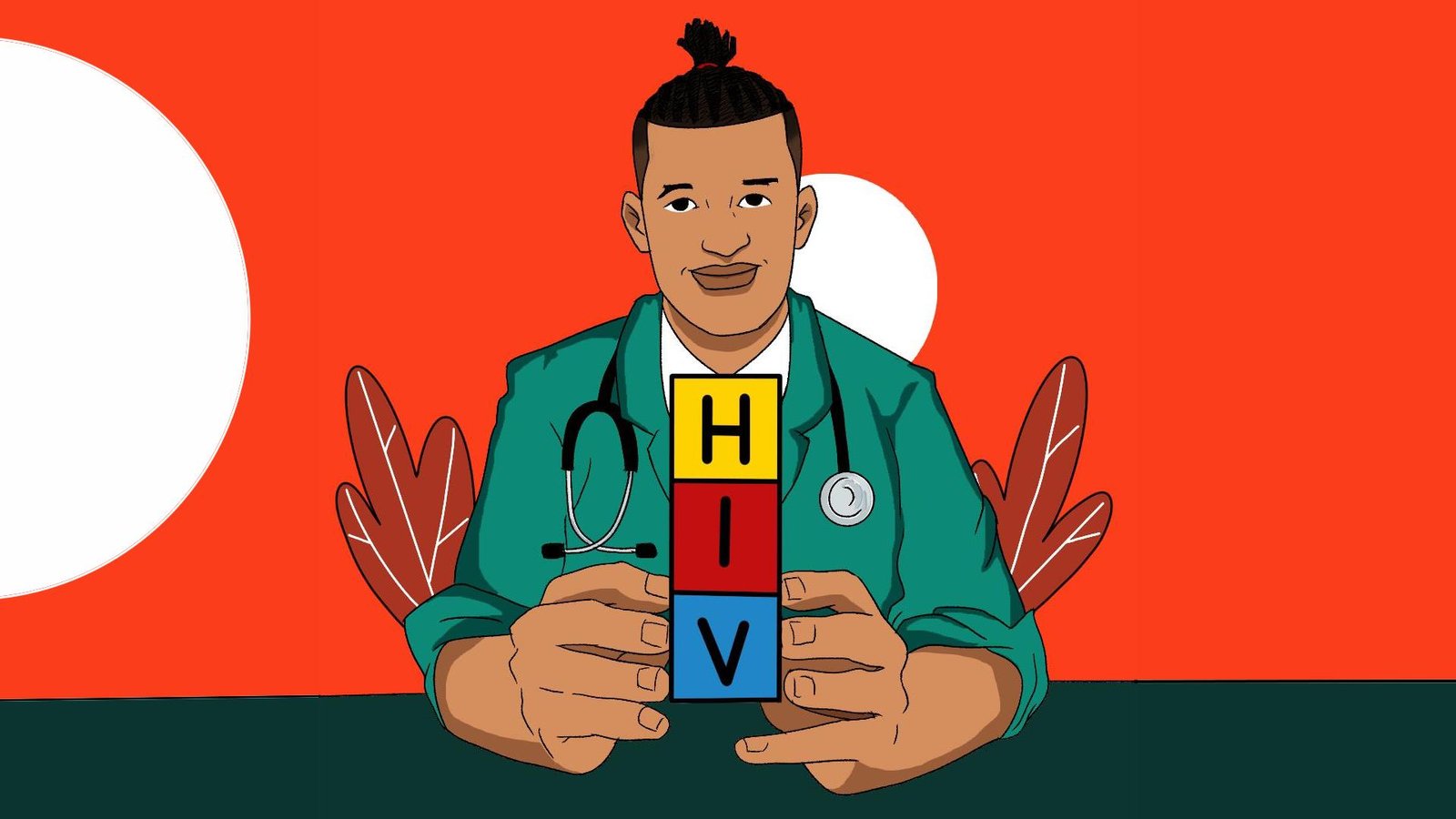
HIV
What is HIV?
HIV is a virus that damages the immune system. Untreated HIV affects and kills CD4 cells, which are a type of immune cell called T cell. Over time, as HIV kills more CD4 cells, the body is more likely to get various types of conditions and cancers.
How can a person get the HIV infection?
HIV is transmitted through bodily fluids that include:
- Blood
- Semen
- Vaginal and rectal fluids
- Breast milk
The virus isn’t transferred in air or water, or through casual contact. Because HIV inserts itself into the DNA of cells, it’s a lifelong condition and currently there’s no drug that eliminates HIV from the body, although many scientists are working to find one. However, with medical care, including treatment called antiretroviral therapy, it’s possible to manage HIV and live with the virus for many years. Without treatment, a person with HIV is likely to develop a serious condition called the Acquired Immunodeficiency Syndrome, known as AIDS.
At that point, the immune system is too weak to successfully respond against other diseases, infections, and conditions. Untreated, life expectancy with end stage AIDS is about 3 years. With antiretroviral therapy, HIV can be well-managed, and life expectancy can be nearly the same as someone who has not contracted HIV. It’s estimated that 25.7 million Africans are currently living with HIV. HIV can cause changes throughout the body.
What is AIDS?
AIDS is a disease that can develop in people with HIV. It’s the most advanced stage of HIV. But just because a person has HIV doesn’t mean AIDS will develop. HIV kills CD4 cells. Healthy adults generally have a CD4 count of 500 to ,600 per cubic millimeter. A person with HIV whose CD4 count falls below 200 per cubic millimeter will be diagnosed with AIDS. A person can also be diagnosed with AIDS if they have HIV and develop an opportunistic infection or cancer that’s rare in people who don’t have HIV. An opportunistic infection such as Pneumocystis jiroveci pneumonia is one that only occurs in a severely immunocompromised person, such as someone with advanced HIV infection (AIDS).
Untreated, HIV can progress to AIDS within a decade. There’s currently no cure for AIDS, and without treatment, life expectancy after diagnosis is about 3 years. This may be shorter if the person develops a severe opportunistic illness. However, treatment with antiretroviral drugs can prevent AIDS from developing. If AIDS does develop, it means that the immune system is severely compromised, that is, weakened to the point where it can no longer successfully respond against most diseases and infections.
That makes the person living with AIDS vulnerable to a wide range of illnesses, including:
- Pneumonia
- Tuberculosis
- Oral thrush, a fungal condition in the mouth or throat
- Cytomegalovirus (CMV), a type of herpes virus
- Cryptococcal meningitis, a fungal condition in the brain
- Toxoplasmosis, a brain condition caused by a parasite
- Cryptosporidiosis, a condition caused by an intestinal parasite
- Cancer, including Kaposi sarcoma (KS) and lymphoma
The shortened life expectancy linked with untreated AIDS isn’t a direct result of the syndrome itself. Rather, it’s a result of the diseases and complications that arise from having an immune system weakened by AIDS.
What are the symptoms of HIV?
The first few weeks after someone contracts HIV is called the acute infection stage. Symptoms are not very specific different from those of the flu. Early symptoms include fever, chills, swollen lymph nodes and sore throat. After the first month or so, HIV enters the clinical latency stage. This stage can last from a few years to a few decades.
This period has nonspecific symptoms which include:
- headaches and other aches and pains
- swollen lymph nodes
- recurrent fevers
- night sweats
- fatigue
- nausea
- vomiting
- diarrhea
- weight loss
- skin rashes
- recurrent oral or vaginal yeast infections
- pneumonia
As with the early stage, HIV is still transferable during this time even without symptoms and can be transmitted to another person. However, a person won’t know they have HIV unless they get tested. With the consistent use of this antiretroviral therapy, chronic HIV can last for decades and will likely not develop into AIDS, if treatment was started early enough.
What are the symptoms of AIDS?
AIDS refers to acquired immunodeficiency syndrome. With this condition, the immune system is weakened due to HIV that’s typically gone untreated for many years. If HIV is found and treated early with antiretroviral therapy, a person will usually not develop AIDS. People with HIV may develop AIDS if their HIV is not diagnosed until late or if they know they have HIV but don’t consistently take their antiretroviral therapy.
Symptoms of AIDS can include:
- recurrent fever
- chronic swollen lymph glands, especially of the armpits, neck, and groin
- chronic fatigue
- night sweats
- dark splotches under the skin or inside the mouth, nose, or eyelids
- sores, spots, or lesions of the mouth and tongue, genitals, or anus
- bumps, lesions, or rashes of the skin
- recurrent or chronic diarrhea
- rapid weight loss
- neurologic problems such as trouble concentrating, memory loss, and confusion
- anxiety and depression
Treatment options for HIV
Treatment should begin as soon as possible after a diagnosis of HIV, regardless of viral load. The main treatment for HIV is antiretroviral therapy, a combination of daily medications that stop the virus from reproducing. This helps protect CD4 cells, keeping the immune system strong enough to take measures against disease. Antiretroviral therapy helps keep HIV from progressing to AIDS. It also helps reduce the risk of transmitting HIV to others. When treatment is effective, the viral load will be “undetectable.” The person still has HIV, but the virus is not visible in test results.
HIV medications
Many antiretroviral therapy medications are approved to treat HIV. They work to prevent HIV from reproducing and destroying CD4 cells, which help the immune system generate a response to infection. Cost of antiretroviral are heavily subsidized in Ghana. This helps reduce the risk of developing complications related to HIV, as well as transmitting the virus to others.
These antiretroviral medications are grouped into seven classes:
- Nucleoside reverse transcriptase inhibitors (NRTIs)
- Non-nucleoside reverse transcriptase inhibitors (NNRTIs)
- Protease inhibitors
- Fusion inhibitors
- CCR5 antagonists, also known as entry inhibitors
- Integrase strand transfer inhibitors
- Attachment inhibitors
What’s the HIV window period?
As soon as someone contracts HIV, it starts to reproduce in their body. The person’s immune system reacts to the antigens (parts of the virus) by producing antibodies (cells that take countermeasures against the virus). The time between exposure to HIV and when it becomes detectable in the blood is called the HIV window period. Most people develop detectable HIV antibodies within 23 to 90 days after transmission. If a person takes an HIV test during the window period, it’s likely they’ll receive a negative result. However, they can still transmit the virus to others during this time.
If someone thinks they may have been exposed to HIV but tested negative during this time, they should repeat the test in a few months to confirm (the timing depends on the test used). Someone who tests negative during the window might benefit from post-exposure prophylaxis (PEP). This is medication taken after an exposure to prevent getting HIV.
PEP needs to be taken as soon as possible after the exposure; it should be taken no later than 72 hours after exposure but ideally before then. Another way to prevent getting HIV is pre-exposure prophylaxis (PrEP). A combination of HIV drugs taken before potential exposure to HIV, PrEP can lower the risk of contracting or transmitting HIV when taken consistently.
How does one prevent HIV?
A person concerned about their risk for HIV should:
- Get tested for HIV. It’s important they learn their status and that of their partner.
- Get tested for other sexually transmitted infections (STIs). If they test positive for one, they should get it treated, because having an STI increases the risk of contracting HIV.
- Use condoms. They should learn the correct way to use condoms and use them every time they have sex, whether it’s through vaginal or anal intercourse. It’s important to keep in mind that pre-seminal fluids (which come out before male ejaculation) can contain HIV.
- Take their medications as directed if they have HIV. This lowers the risk of transmitting the virus to their sexual partner.

